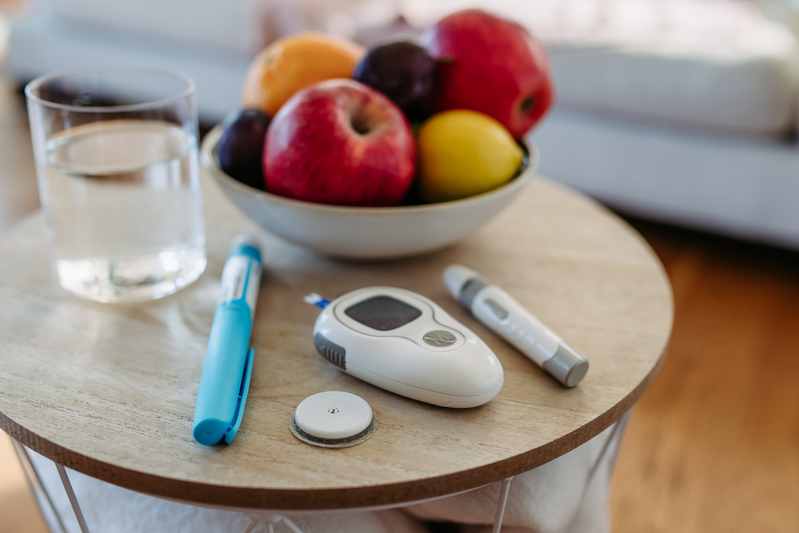In a landmark medical breakthrough, an international team of researchers from Sweden and the United States has successfully restored insulin production in a patient with type 1 diabetes using genetically modified pancreatic islet cells.
The case, published in the New England Journal of Medicine, marks the world’s first transplant of CRISPR-edited islet cells in a human. The patient, a 42-year-old man who had lived with type 1 diabetes since childhood, regained the ability to produce insulin naturally within 12 weeks of the procedure – without the need for immunosuppressant drugs.
How the Breakthrough Works
The central challenge in cell transplantation has long been the body’s tendency to reject foreign tissue. To overcome this, researchers performed three precise genetic edits on donor islet cells using the CRISPR tool:
- Two edits reduced antigen expression, making it harder for adaptive T cells to recognize the cells as “foreign.”
- A third edit boosted production of CD47, a protein that signals immune cells not to attack, effectively “shielding” the transplanted tissue.
The modified cells were injected into the patient’s forearm muscle, where they began functioning like natural pancreatic cells. Within three months, the patient’s body responded to glucose intake after meals by producing insulin on its own.
Why It Matters
Traditionally, islet cell transplants require lifelong use of immunosuppressant drugs to prevent rejection, which carries significant risks. By bypassing the need for these drugs, the new approach could dramatically improve the safety and accessibility of cell-based therapies.
“This is a transformative step in diabetes care,” the researchers noted. “Our method not only restores insulin production but also removes one of the biggest barriers to transplantation therapy – immune rejection.”
The Road Ahead
While the breakthrough is being hailed as a milestone, experts caution that it remains an early-stage success. More trials will be needed to test long-term safety, scalability, and effectiveness across a larger group of patients.
Beyond diabetes, the approach could also be applied to other organ and cell transplants, potentially revolutionizing treatment for a wide range of diseases.
For millions living with type 1 diabetes worldwide, however, this development brings new hope for a future free from constant insulin injections and daily glucose monitoring.
–Input WAM





